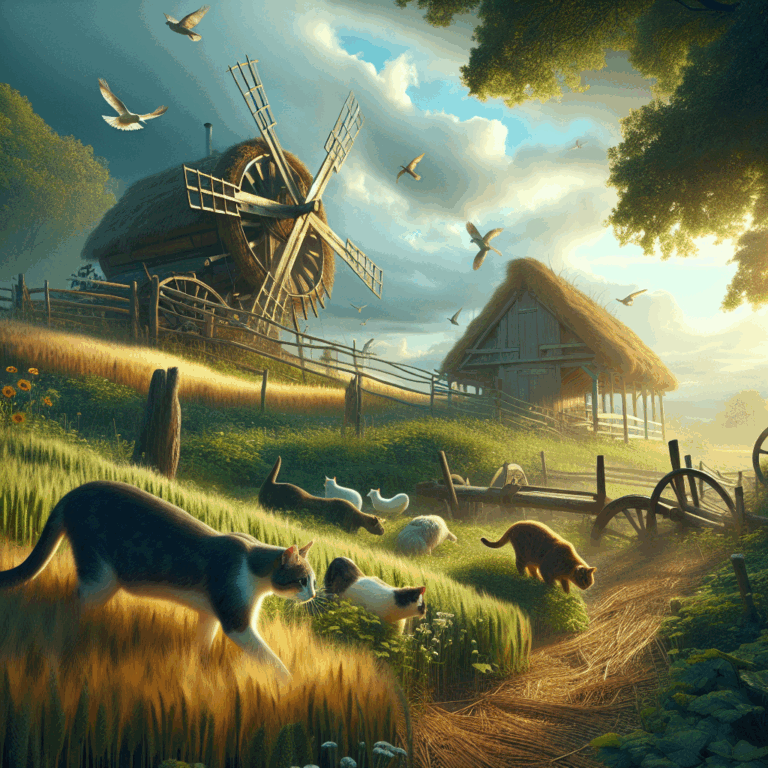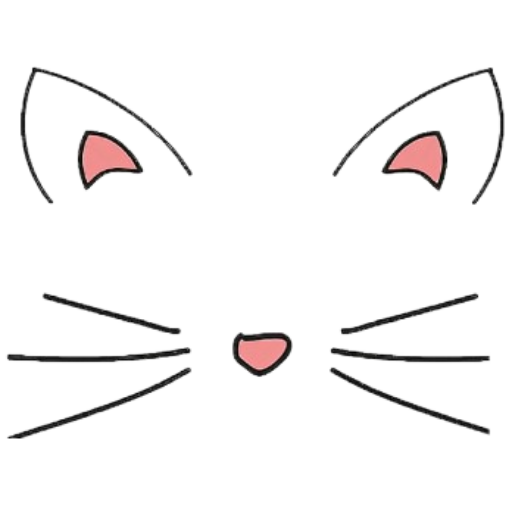The Feline Guardians of Agriculture: Cats and Their Role in Farming Communities
- No Comments
In the quiet dawn of rural landscapes, where fields stretch undisturbed and barns sit nestled among the hills, cats have long been an integral yet overlooked component of farming communities. These agile creatures, with their keen senses and natural hunting instincts, have played a vital role in safeguarding the precious crops and livestock that form the backbone of agricultural life. This article delves into the historical and contemporary significance of cats in agriculture, uncovering their contributions to this essential sector.
For centuries, cats have been cherished inhabitants of farms across the globe, valued for their prowess in pest control. As natural predators, cats have a remarkable ability to keep rodent populations in check. These small predators are adept at hunting mice, rats, and other vermin that threaten to damage crops and contaminate stored grain supplies. Historical records from ancient Egypt, for instance, indicate that cats were revered not only as pets but also as protectors of the granaries that sustained the civilization. Their role extended far beyond companionship, as they safeguarded the food stores that were vital for survival.
In modern agriculture, the presence of cats continues to be a practical solution for pest management. Farm cats, often referred to as “barn cats,” are an environmentally friendly alternative to chemical pesticides. They reduce the need for toxic substances that can have harmful effects on the environment and human health. Farmers appreciate the natural balance that cats bring to their ecosystems, as they help maintain a sustainable approach to farming by controlling pest populations without upsetting the ecological equilibrium.
Beyond their practical contributions, cats have also become beloved members of farming families. They provide companionship to farmers who spend long hours tending to their land. This bond is reflected in countless anecdotes shared by farmers who speak of their feline companions with warmth and affection. The presence of a cat can lighten the demanding workload, offering moments of joy and respite amidst the rigors of farm life.
Cats also play a subtle yet vital role in promoting biodiversity within farmlands. By controlling the population of rodents and other small mammals, cats inadvertently support the growth of various plant species. This, in turn, encourages a richer tapestry of plant life, which benefits the entire ecosystem. The presence of cats thus contributes to a thriving agricultural environment where crops and native flora coexist harmoniously.
In recent years, the value of farm cats has gained recognition beyond traditional agricultural settings. Educational programs and initiatives have emerged to promote the importance of these animals in sustainable farming practices. Workshops on managing barn cat colonies and the benefits they bring are being organized to enlighten new generations of farmers about the symbiotic relationship between cats and agriculture.
As the world grapples with the challenges of sustainable food production, the role of cats in agriculture offers a glimpse into nature’s solutions to human problems. They remind us of the intricate connections within our ecosystems and the ways in which animals, even those as domesticated as the common cat, contribute to the balance and productivity of our natural world.
In conclusion, the presence of cats in farming communities is a testament to their enduring significance. They are not merely silent observers in the barn or fields but active participants in the agricultural narrative. As we strive for sustainability and harmony with nature, recognizing and appreciating the contributions of these feline guardians becomes essential. Whether silently patrolling the barn or lounging on a sunlit fence, cats continue to play a pivotal role in the story of agriculture, one that deserves recognition and admiration.

In the quiet dawn of rural landscapes, where fields stretch undisturbed and barns sit nestled among the hills, cats have long been an integral yet overlooked component of farming communities. These agile creatures, with their keen senses and natural hunting instincts, have played a vital role in safeguarding the precious crops and livestock that form the backbone of agricultural life. This article delves into the historical and contemporary significance of cats in agriculture, uncovering their contributions to this essential sector.
For centuries, cats have been cherished inhabitants of farms across the globe, valued for their prowess in pest control. As natural predators, cats have a remarkable ability to keep rodent populations in check. These small predators are adept at hunting mice, rats, and other vermin that threaten to damage crops and contaminate stored grain supplies. Historical records from ancient Egypt, for instance, indicate that cats were revered not only as pets but also as protectors of the granaries that sustained the civilization. Their role extended far beyond companionship, as they safeguarded the food stores that were vital for survival.
In modern agriculture, the presence of cats continues to be a practical solution for pest management. Farm cats, often referred to as “barn cats,” are an environmentally friendly alternative to chemical pesticides. They reduce the need for toxic substances that can have harmful effects on the environment and human health. Farmers appreciate the natural balance that cats bring to their ecosystems, as they help maintain a sustainable approach to farming by controlling pest populations without upsetting the ecological equilibrium.
Beyond their practical contributions, cats have also become beloved members of farming families. They provide companionship to farmers who spend long hours tending to their land. This bond is reflected in countless anecdotes shared by farmers who speak of their feline companions with warmth and affection. The presence of a cat can lighten the demanding workload, offering moments of joy and respite amidst the rigors of farm life.
Cats also play a subtle yet vital role in promoting biodiversity within farmlands. By controlling the population of rodents and other small mammals, cats inadvertently support the growth of various plant species. This, in turn, encourages a richer tapestry of plant life, which benefits the entire ecosystem. The presence of cats thus contributes to a thriving agricultural environment where crops and native flora coexist harmoniously.
In recent years, the value of farm cats has gained recognition beyond traditional agricultural settings. Educational programs and initiatives have emerged to promote the importance of these animals in sustainable farming practices. Workshops on managing barn cat colonies and the benefits they bring are being organized to enlighten new generations of farmers about the symbiotic relationship between cats and agriculture.
As the world grapples with the challenges of sustainable food production, the role of cats in agriculture offers a glimpse into nature’s solutions to human problems. They remind us of the intricate connections within our ecosystems and the ways in which animals, even those as domesticated as the common cat, contribute to the balance and productivity of our natural world.
In conclusion, the presence of cats in farming communities is a testament to their enduring significance. They are not merely silent observers in the barn or fields but active participants in the agricultural narrative. As we strive for sustainability and harmony with nature, recognizing and appreciating the contributions of these feline guardians becomes essential. Whether silently patrolling the barn or lounging on a sunlit fence, cats continue to play a pivotal role in the story of agriculture, one that deserves recognition and admiration.


